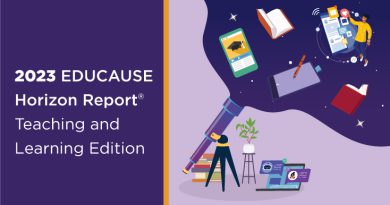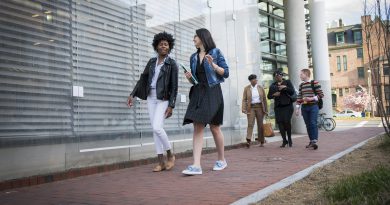The Classroom as a Career Catalyst
For many of today’s students, earning a degree is only one part of the equation—they’re also seeking a launchpad for meaningful, sustainable careers. At UBalt, we often speak of “Knowledge That Works,” but the real power of that motto lies in how we help students apply classroom learning to real-world impact.
Faculty play a critical role in that connection. Whether it’s embedding workplace scenarios into assignments, highlighting in-demand skills, or connecting students to local industries, faculty help students see that their academic journey isn’t separate from their career path—it’s the foundation of it.
The following articles and insights explore how colleges can serve as engines of personal and professional growth:
- College Degree? Why Your First Job May Matter More (University Business) – This article examines new research showing that the quality of a student’s first post-college job can shape their long-term career trajectory more than the degree itself. It underscores the importance of preparing students not just to graduate, but to secure roles that match their aspirations and skills.
- Positive Partnership: A Start-Up–College Liaison Supports Student Success (Inside Higher Ed) – Local partnerships can be a powerful bridge between what students learn and what employers need. This piece explores how regional collaborations are helping students gain relevant experiences and how institutions can expand these opportunities.
- Staying Relevant: How Colleges Are Preparing Today’s Students for Tomorrow’s Jobs (Chronicle of Higher Education) – This webinar highlights how institutions are rethinking academic programs and advising to align with future job markets. From revamping curricula to emphasizing career-connected learning, the session offers practical insights for embedding employability into every level of the student experience.
As UBalt continues to support adult learners, transfer students, and first-generation college students, our classrooms become more than academic spaces—they become launchpads for upward mobility. Helping students imagine their futures starts with showing them what’s possible right now. And that work begins with us.



